Korean Martyrs' Museum (한국천주교순교자박물관)
2023-01-03
6, Tojeong-ro, Mapo-gu, Seoul
+82-2-3142-4434
Korean Martyrs’ Museum was opened in October of 1967 as Jeoldusan Martyrs' Shrine, in memory of the Catholic martyrs who lost their lives during the Byeongin Persecution of 1866. The name of the museum changed to the current Korean Martyrs' Museum in August 2008. The museum displays artifacts and materials in exhibitions related to the Catholic Bishops' Conference of Korea.
O'sulloc Tea Museum (오설록 티뮤지엄)
2024-11-14
15 Sinhwayeoksa-ro, Seogwipo-si, Jeju-do
O'sulloc Tea Museum, located next to O'sulloc's Seogwang Tea Planation in Jeju, was opened by Amore Pacific in 2001 with the aim of introducing and spreading Korean teas and the traditional tea culture of Korea. The museum is a cultural space where the West and the East, and modernity and tradition coexist in harmony. The museum has a tea gallery, eco-friendly rest area, and a cafe where visitors can enjoy a variety of tasty tea-based desserts.
SEA LIFE Busan Aquarium (SEA LIFE 부산아쿠아리움)
2024-05-23
266 Haeundaehaebyeon-ro, Haeundae-gu, Busan
+82-51-740-1700
The Busan Aquarium takes visitors into the exciting world of life under the sea. The aquarium covers an area of 36,000 ㎡ and is spread over 3 underground levels and one above-ground level with different sections divided into special themes. The underwater tunnel experience resembles a walk along the ocean floor with various sea creatures swimming above, serving as a popular attraction within the aquarium. The aquarium is home to over 250 different species of fish, algae, reptiles, and amphibians, including large sharks, turtles, seahorses, and more, for a total of over 10,000 sea creatures.
International Convention Center Jeju (ICC Jeju) (제주국제컨벤션센터)
2020-07-21
224, Jungmungwangwang-ro, Seogwipo-si, Jeju-do
+82-64-735-1000
International Convention Center Jeju (ICC Jeju) is located within Jungmun Resort, with fantastic views of Hallasan Mountain and the ocean. Opened on March 22, 2003, the convention center is comprised of two underground levels and five above-ground floors. Amenities include an international meeting hall that can accommodate up to 4,300 people, as well as exhibition halls and related facilities for all types of international events and meetings. The exterior of the center is designed with a motif of Jeju Island and stands in harmony with the surrounding nature.
Nurimaru APEC House (누리마루 APEC하우스)
2025-01-20
116 Dongbaek-ro, Haeundae-gu, Busan
Located on Dongbaekseom Island, an island of camellia trees, Nurimaru APEC House was the venue for the 2005 APEC Summit. Since then, it has been used as a memorial hall and a conference center. This three-story building is a contemporary recreation of a traditional Korean pavilion. The roof is inspired by the slope of Dongbaekseom Island, while the interior design features visual representations of traditional Korean culture. The terrace provides a great view of the Oryukdo Islets, Gwangandaegyo Bridge, and Dalmaji Hill. Visitors to Nurimaru APEC House can enjoy both the beauty of nature and the contemporary design of the building.
Mokpo Modern History Museum - Hall No. 1 (목포근대역사관 1관)
2024-09-25
경기도 과천시 과천대로 608-7 (과천동)
+82-61-242-0340
Mokpo Modern History Museum is the oldest building in Mokpo and a witness to Korea’s modern and contemporary history. It was built in 1898 and was used to house various public organizations, like city halls, consulates, and cultural centers, before being turned into the Mokpo Modern History Museum in 2014. As a building that has survived through rapid changes, it is valued for its historical and architectural significance. The museum has an exhibition on Mokpo’s history, organized into seven themes, detailing the history of the production and exploitation of various goods during the Japanese colonial period (1910-1945), along with miniature recreations of the streets of Mokpo city at that time.
Starfield Library (별마당도서관)
2022-07-27
513, Yeongdong-daero, Gangnam-gu, Seoul
+82-2-6002-5300
Located in the middle of COEX Central Plaza, Starfield Library offers visitors a perfect reading space. The two-story library has 13-meter-tall bookshelfs and soft lights to ease the eyes as well as various types of tables with electric plugs for those with laptops. With more than 50,000 books ranging from literature to hobbies as well as over 400 types of magazines, visitors are welcome to find pleasure in reading and relax.
Korean Museum of Straw and Life (짚풀생활사박물관)
2022-09-15
45, Sungkyunkwan-ro 4-gil, Jongno-gu, Seoul
+82-2-743-8787
Korean Museum of Straw and Life is a private museum dedicated to the collection, research, and display of materials and historical accounts of diverse straws and their uses in Korea. As Koreans' lifestyle in the past heavily depended on agriculture and cultivation of crops, straws and grasses were easily found and had many uses. The museum aims to educate the general public of how different straw were produced and used by Korean ancestors as well as their significance in connection with today's lifestyle.
Teddy Bear Farm (테디베어팜)
2021-04-05
16, Haksapyeong 2-gil, Sokcho-si, Gangwon-do
+82-33-636-3680
The Teddy Bear Farm introduces the history and origin of teddy bears and displays bear dolls with diverse themes as well as teddy bear works created by world-wide designers. The bear’s name “Teddy,” which is very popular among people of all ages, originates from the nickname of U.S. president Franklin Roosevelt. The Teddy Bear Farm introduces the birth story of teddy bear associated with President Roosevelt, and shows various styles of teddy bear dolls, in particular, miniature versions of teddy bears from the world’s fairy tales, teddy bear in hanbok (traditional Korean clothes), teddy bear at a camping site, teddy bear enjoying a Christmas party, and so on. It also displays Korea’s seasonal customs as well as a variety of teddy bears’ stories. The photo zones in places and the outdoor Teddy Garden invite many visitors with its interesting attractions.
Museum SAN (Meditation Hall) (뮤지엄SAN (명상관))
2025-10-23
260, Oak valley 2-gil, Wonju-si, Gangwon-do
+82-33-730-9000
Museum SAN (Space Art Nature), hidden in the mountain, was designed by Tadao Ando, a legendary architect known for his minimalistic exposed concrete buildings. The museum opened in May 2013 with the last works of James Turrel, known for his work within the light and space movement. The museum is spread out in a line starting at the trail at the Welcome Center, to the lawn parking lot to the Flower Garden, Water Garden, Main Building, Meditation Hall, Stone Garden, and James Turrell Hall. The four wing-shaped structure of the Main Building is designed using squares, triangles, and circles, reflecting the architect's philosophy of connecting land, sky, and humans. Additionally, the museum runs various experience and educational programs in addition to its permanent and special exhibitions.
Cafe Terrace in the Main Building is the ideal spot to take a rest while enjoying the 360-degree panoramic view of the mountain. At the Meditation Hall near the Stone Garden, you can relax your mind and body with the aroma and singing bowl sounds that fill the hall, while enjoying the beautiful scenery through the curved windows.
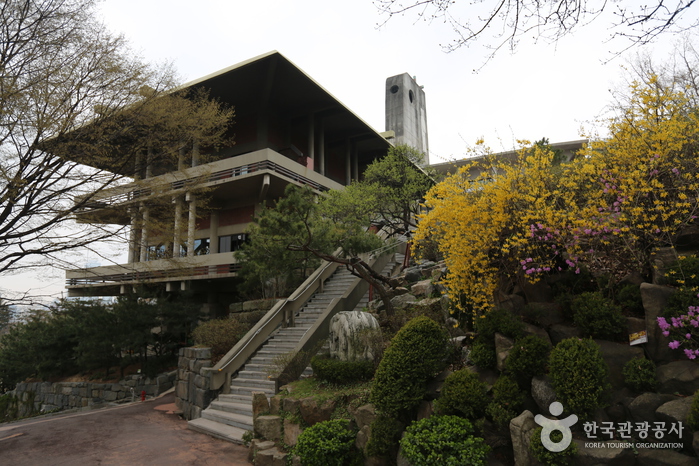
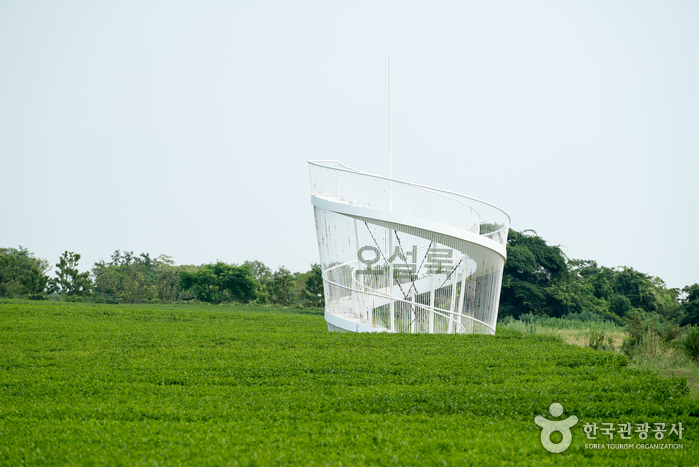
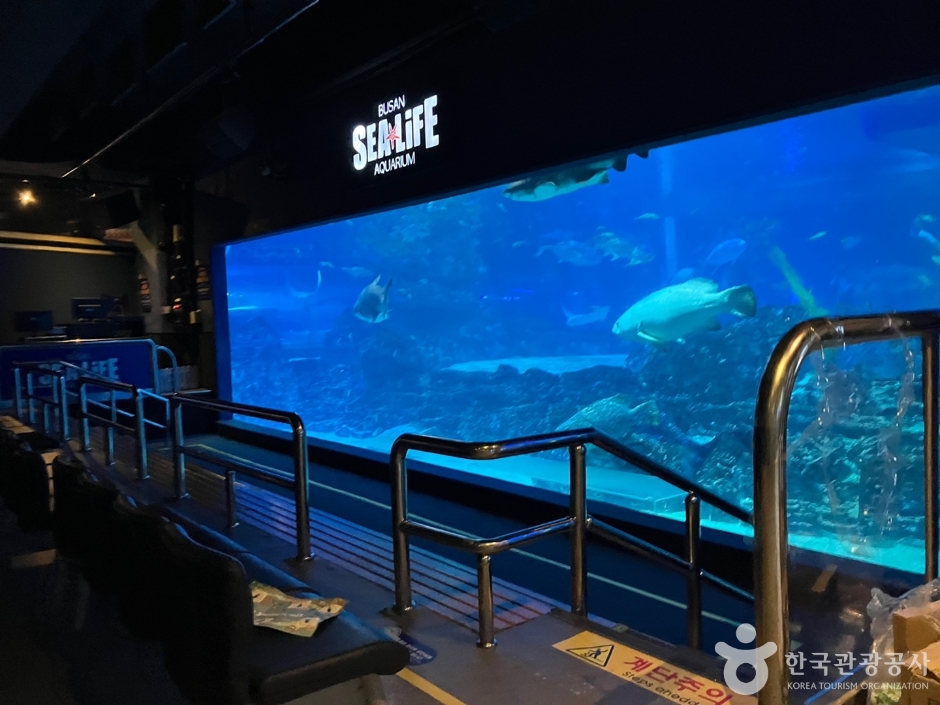
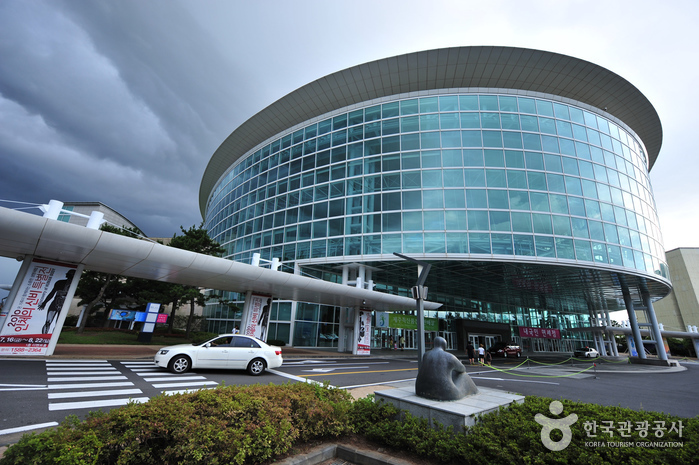
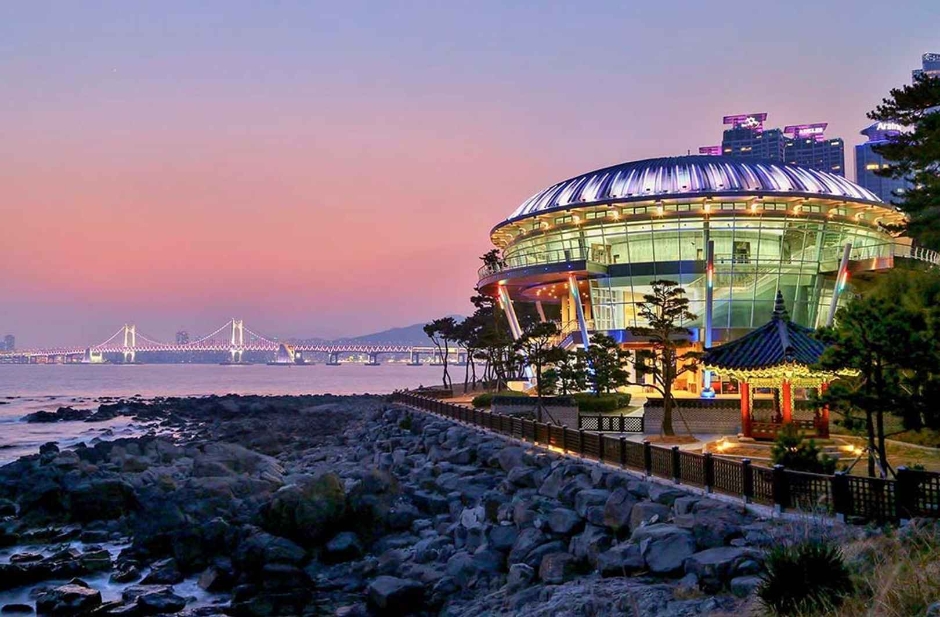
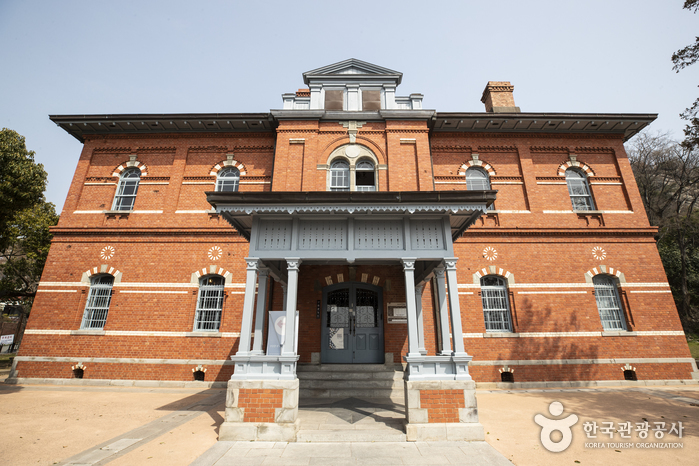
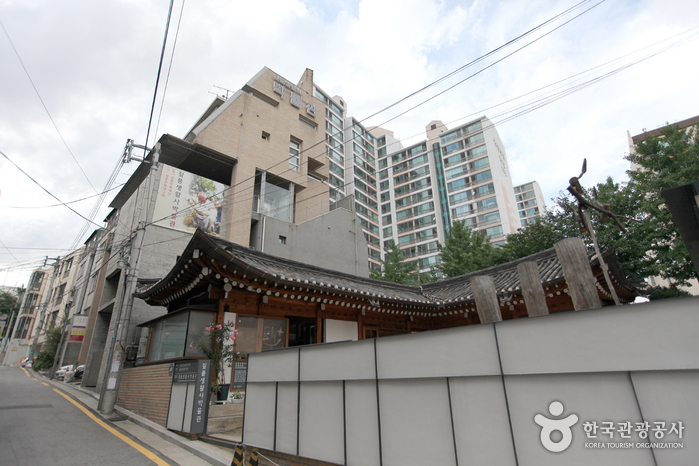

 English
English
 한국어
한국어 日本語
日本語 中文(简体)
中文(简体) Deutsch
Deutsch Français
Français Español
Español Русский
Русский